8
- 11th of Jun. 2010 -
So much had been written about the now closed Marina Abramovic retrospective The Artist is Present at the MoMA, it seems to me that whatever I can say about it would be a cheap imitation of it all. There is, however, a strange urge to express the affect the show had on me. After visiting the atrium several times and the show itself once, the need of sharing the experience with others is completely understandable. It has a strange affect on the viewer – it is mesmerizing, it makes you think, it makes you feel. Plus, it was by far one of the best shows the MoMA has had in a very long time - a blockbuster despite its distance from the main stream.
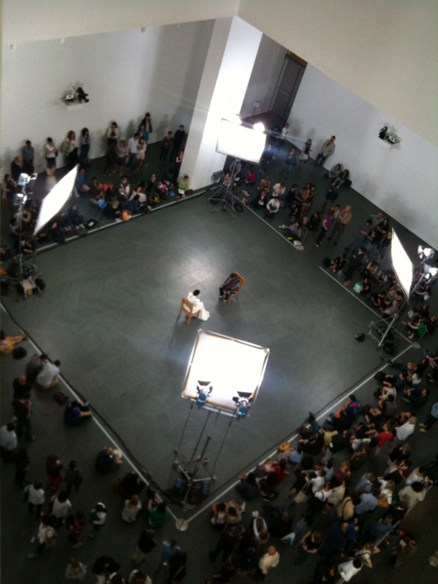
From five floors up MoMA, May 2010
Performance art has always been a riddle to me. It never had the same impact other forms and mediums like painting and sculpture had, never supplying the emotional reaction or the visual attraction I felt towards them. Over the past year I’ve had a few chances of learning more about this form of art, of how it developed from a want of combining different forms of artistic activity into a new, exciting medium and I must say that the legitimacy of the first few years does not escape me. I can even say that though I’m really not a fan of Paul McCarthy’s work, I can categorize it as a form of expressionism acted out as some sort of tantrum.
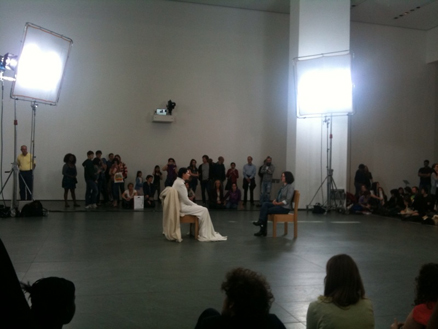
You can almost feel it MoMA, May 2010
With this pre-conception of performance art, I approached The Artist is Present with some reproach. Actually, I was coming to the museum to see the William Kentridge show and thought that I will swing by the Marron Atrium, which was on the way, just to see what all the fuss was about and quiet my curiosity. Immediately magnetized by the atmosphere and by the presence of the artist and her sitter, I watched for little over an hour. Kentridge was pushed.
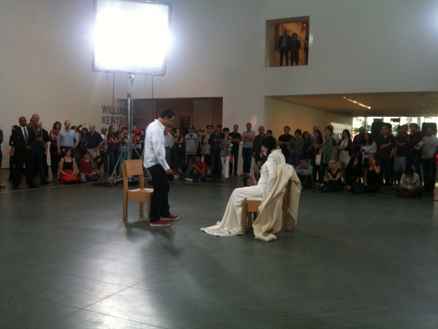
The process itself had an appeal MoMA, May 2010
The title of the show, though a touch self-empowering and in a way putting the artist on a pedestal, is more than appropriate in this case. The artist is present in every sense of the word - she is physically there, the atmosphere her performance evokes can be felt not only in the atrium but throughout the museum and the retrospective that is presented six floors above the artist herself ties everything together to show that this artist is a presence in the art world.
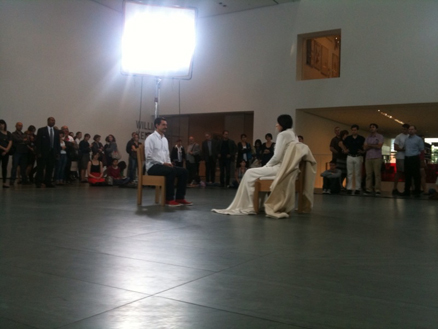
Even sitting on the side-lines, the energy between sitter and artist is clear MoMA, May 2010
Standing and sitting on the sidelines for a while, I watched as each sitter connected with the artist, took in the emotional affect and then walked away, usually looking content. I was mesmerized, glued to the floor, unable, or more accurately - not wanting - to walk away. A fellow viewer sparked a conversation about the effect the artist has over her sitters. We ended up agreeing that they are each in-love with her in their own way, that they take from her and she takes from them - energy, emotion, recognition and power.
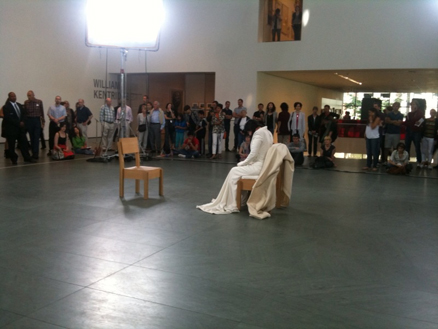
Between sitters, a stretch MoMA, May 2010
And then it hit me. More than anything else, this show is about power. It deals with the power of the artist over the art world, over the viewer and over human nature. Art has a power over me, over others. It is usually an emotional more than physical power, but in the case of The artist is Present, the physical power was gaining strength over the emotional. Watching her stretch and silently moan between sitters, then walking through the retrospective, the physicality of the pieces is emphasized to the extreme. You can tell that the situations she puts herself into are not comfortable for her, that it takes its toll, yet her perseverance through every single piece is outstanding. She does what she has to do to have power over it, to complete each challenge and to create what ever it was she set out to create. This is also what gives her power over the art world - she is so invested in what she does and so original in her work, it puts her one level above others.
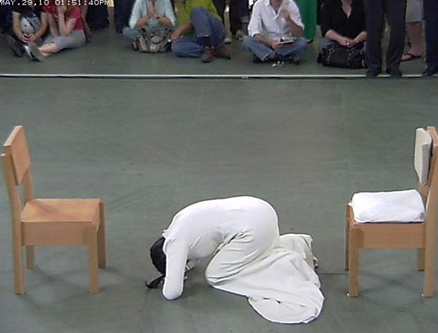
The strain is visible, especially when the last sitter had left and it was all over MoMA, May 2010

A final twirl to end the show (Thanks to Hyperellergic for the capture)
The bottom line is that this show, which was brilliantly curated by Klaus Biesenbach and magnificently re-preformed by other artists and performers, exercised every last bit of the artistic power it had over its viewer. It made you either hate or love it but I think it is safe to say no one felt bored by it. It caused more reactions and the sort of noise only a really great art show can make, something I have not heard in a while.
I loved it. It made me think of creativity and of the limits and definition of art, as well as of the part some artists take within this ever-changing art world, sometimes successfully doing so for more than forty years. What can I say? I always fall for the shows that make me think, that make me feel, that have an impact.
Recognition
Mario Anelli documented the sitters and the artist throughout the show. His photographs captured the 1656 sitters, some more familiar than others to create an amazing piece in its own right, brilliantly using the museum’s flicker page to connect with those who wanted to feel from afar. This is a tiny sample of the fantastic work he did. A link to the flicker page can be found above.
The Artist
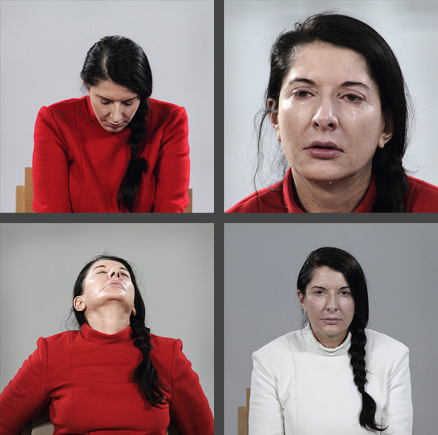
Some of the Reactions
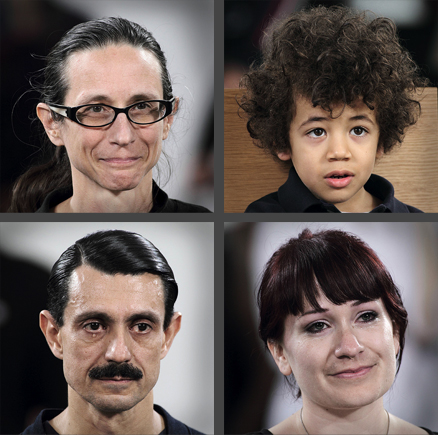
A Few Familiar Faces

So what do you think? The world wants to know!